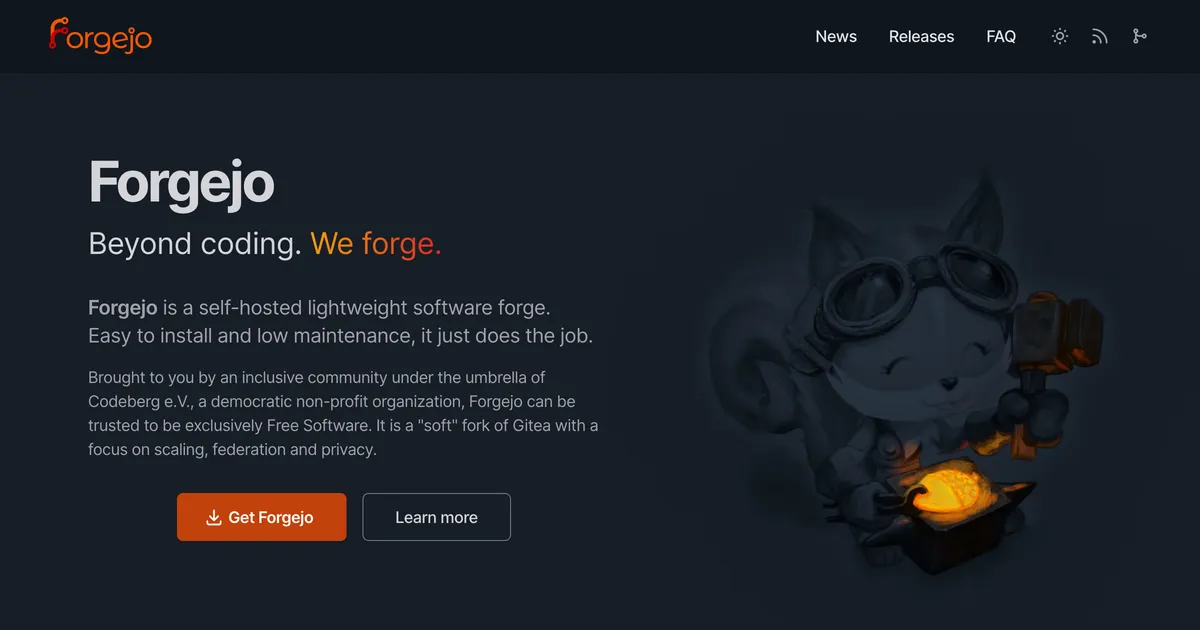Forgejo is changing its license to a Copyleft license. This blog post will try to bring clarity about the impact to you, explain the motivation behind this change and answer some questions you might have.
…
Developers who choose to publish their work under a copyleft license are excluded from participating in software that is published under a permissive license. That is at the opposite of the core values of the Forgejo project and in June 2023 it was decided to also accept copylefted contributions. A year later, in August 2024, the first pull request to take advantage of this opportunity was proposed and merged.
…
Forgejo versions starting from v9.0 are now released under the GPL v3+ and earlier Forgejo versions, including v8.0 and v7.0 patch releases remain under the MIT license.



You can do that with permissively licensed software too. Except with those, the party distributing their repackaged version doesn’t have to distribute source code alongside it. A lot of companies avoid copyleft software because they don’t want to or cannot deal with stricter licensing terms. If you’re a company creating commercial software which you intend to sell, you don’t want to use any GPL code, because you want to keep your software closed source to avoid exactly what you described from happening.
This can be exploited by primarily licensing your open source code using strong copyleft (like the AGPLv3) while selling commercial licenses to businesses that don’t want to comply with the AGPL and are willing to pay up. Qt is able to successfully use this even with weaker copyleft (LGPLv3) because it’s used a lot in embedded systems (like smart cars) which cannot comply with the LGPLv3’s anti-tivoization clause.
This means copyleft licenses can make it easier to profit if you’re the author of the code, but of course third parties can more easily profit from permissive licenses.